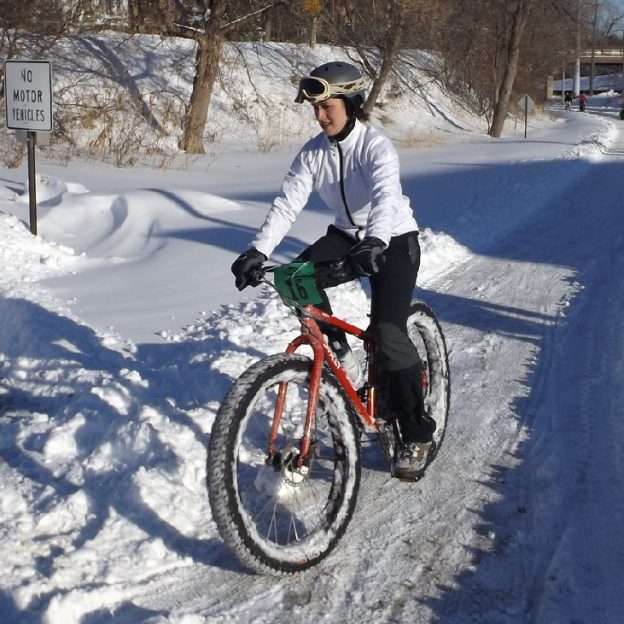Tag: #FindYourNextAdventure
-
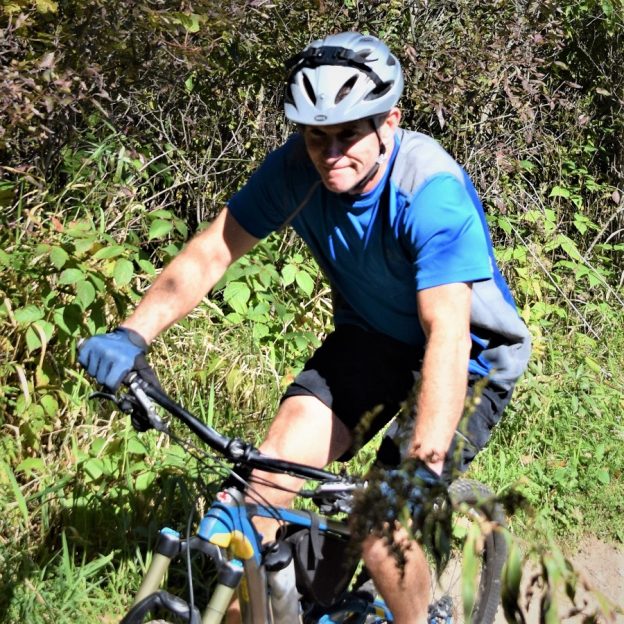
Fun moments mountain biking and the gadgets to keep us connected
For some of us, there is an undeniable call to immerse ourselves with fun moments in activities like mountain biking, in one of mother natures natural settings. Now, as the explosion of mountain biking continues there is a wide array of new bicycles, gadgets, gear and trails that we want to share with you.
-
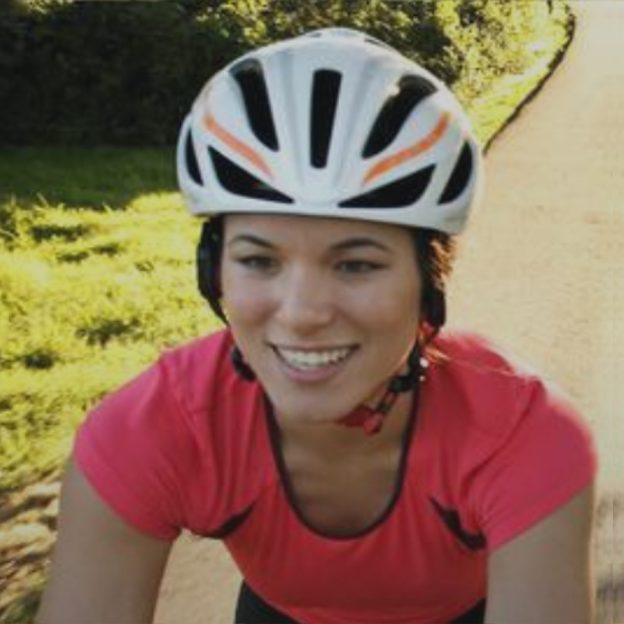
Bike Helmets showcased at Interbike featured comfort, connectivity and visibility
This year’s Interbike show had a ton of great new helmets. Read on to learn about this year’s best options for comfort, connectivity, and visibility in cycling head gear.
-

Testing mountain bikes at Interbike’s Dirt Demo: Review Patrol 672
I have to admit it, Interbike was more fun before the internet. The reason for this is that you would walk isle after isle and see all the new, awesome products. In the age of digital media, it becomes a lot harder to find something new, and even harder still to find something new and…
-

A simple look at your bikes disc brakes function and maintenance
Disc brakes were introduced on bikes as early as the 1950’s with Shimano making an actual hydraulic disc in the mid 1970’s. There were even versions of the timeless Schwinn Stingray series released in 1971 that came stock with a rear disc brake. You need to fast forward more than 25 years before the first…
-
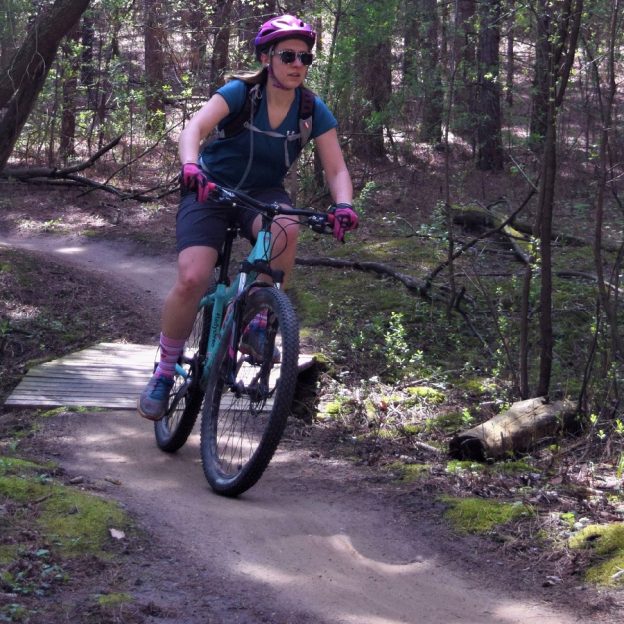
Bike Pic Aug 29, many trails are drying, check before mountain biking
Tuesday morning and this mountain biking chick finds a dry trail to enjoy. In Minnesota, check MORC trail conditions to see which trail systems may be open after all the rain, the last couple days.
-

Staying Safe by Assessing and Avoiding Road Hazards
Nothing spoils a great ride like a bad accident, but most accidents are avoidable. The easiest way to eliminate accidents is to assess road hazards in advance, and avoid them. Read on to learn about the most common road hazards and how to manage them.
-
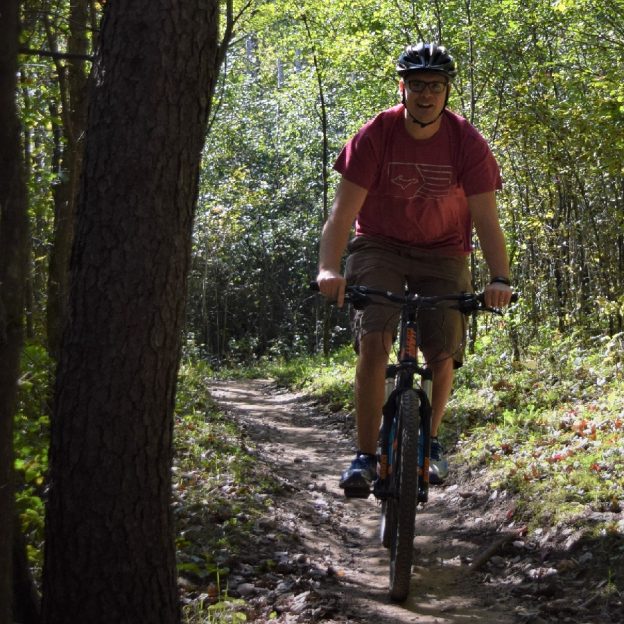
Bike Pic Aug 19, many mountain bike trails are closed, check first!
Saturday morning and this mountain biker finds a dry trail along the Minnesota River bottoms in Bloomington MN. to enjoy. In Minnesota, check MORC trail conditions to see which trail systems may be open after all the rain, the last couple days.
-
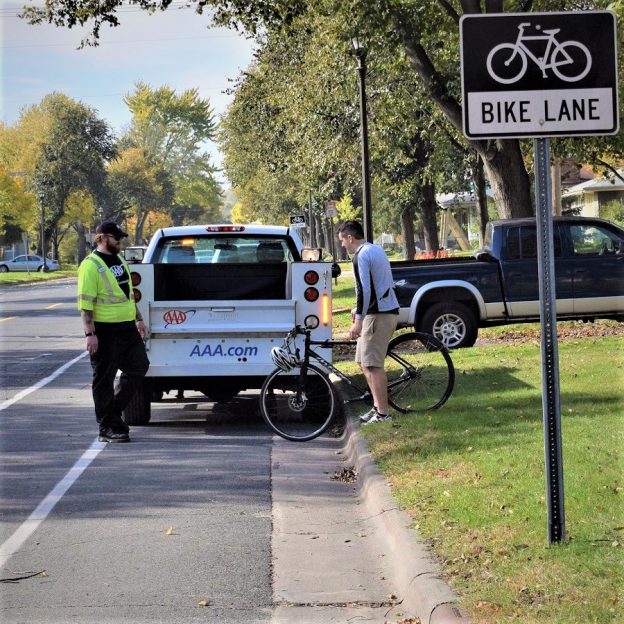
New AAA Roadside Service adds peace of mind for your next bike ride
More people than ever before are taking to their bicycle for recreation and transportation. In a move to support riders, AAA is offering SAG support for cyclists. The company recently announced that it was extending its popular automotive roadside service to include bicycles. At HaveFunBiking.com, we review a lot of new products each year and are…
-
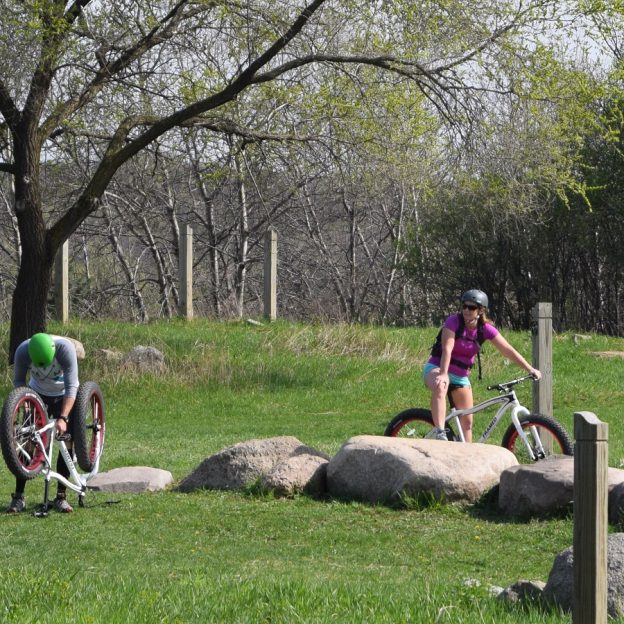
Bike Crash: What to Look for and Inspect After the Unexpected
As a mountain biker that tranquil feeling is sometimes interrupted by an unexpected bike crash. Whereas crashing my bike it isn’t something I enjoy, I realize that as I try to push my boundaries, a bike crash is a real possibility. You don’t need to be a mountain biker to have a bike crash, after…

